Turtle Care & Facts
Small captive bred Alligator Snapping Turtles do very well in captivity if a few basic guidelines are followed:
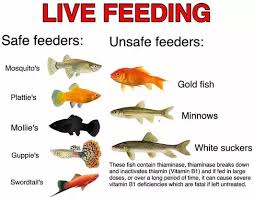 If you are getting a new hatchling don't expect them to feed right away. They have just absorbed their yolk sack and are infused with nutrients that can carry them for several months. Feeding usually begins in a week to 10 days but don't be alarmed if it takes a little longer. THEY WON'T STARVE. I promise!
If you are getting a new hatchling don't expect them to feed right away. They have just absorbed their yolk sack and are infused with nutrients that can carry them for several months. Feeding usually begins in a week to 10 days but don't be alarmed if it takes a little longer. THEY WON'T STARVE. I promise!
These turtles need very little food to survive just fine. Remember they are naturally slow growing and take 16 to 20 years to reach sexual maturity in the wild. Maturity reached at 14 to 15 inch shell length. Expect growth of about an inch a year shell length.
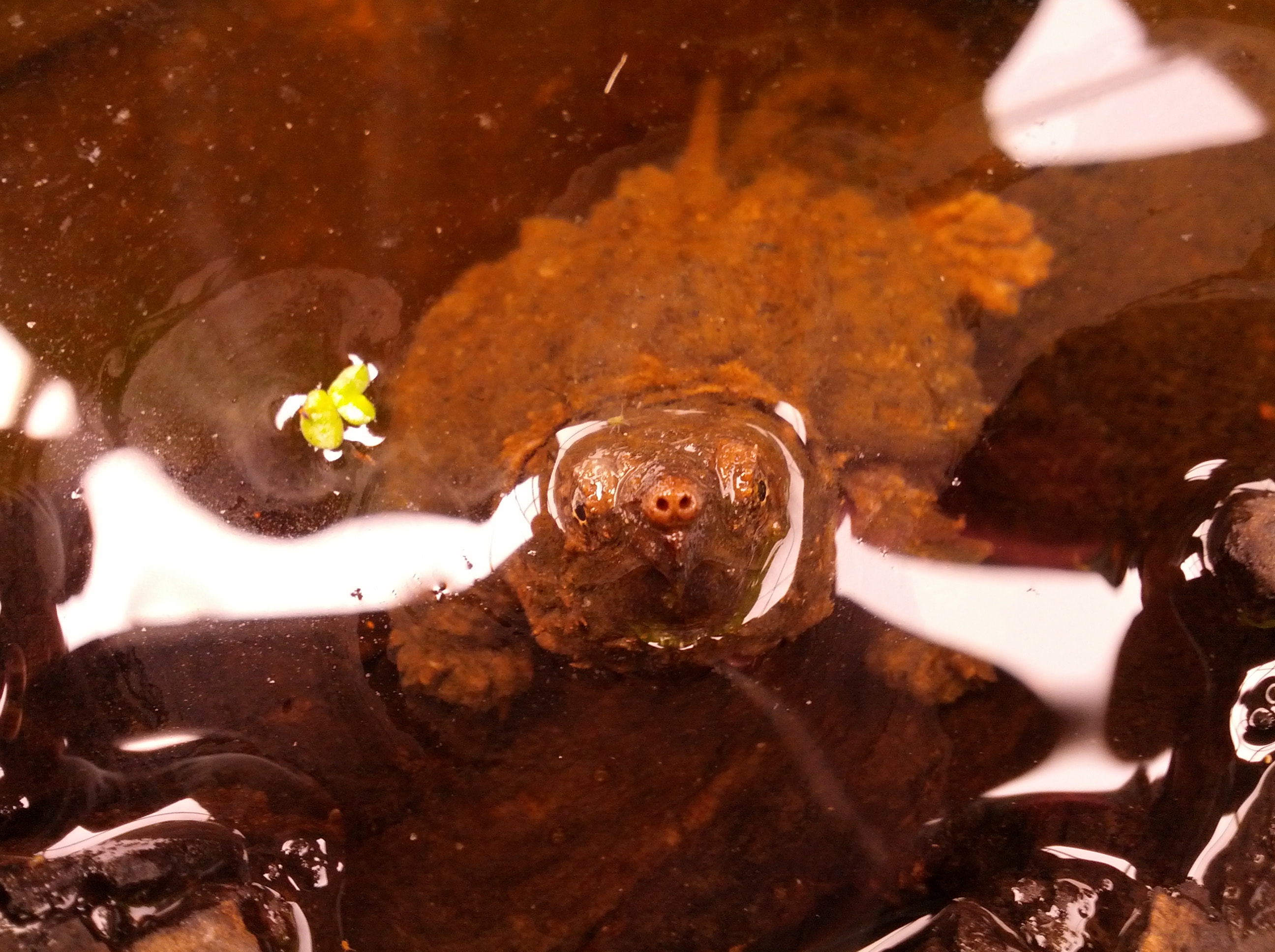 Water temperature is vital to their metabolism and immune system response. Anything below 75 degree water temp is detrimental unless you plunge temp to low 60's and the turtle will begin to hibernate. Not recommended for small turtles. 80 to 82 is optimal. Jaeger submersible heaters are the best I have found available at That Fish Place by mail order, www.thatfishplace.com
Water temperature is vital to their metabolism and immune system response. Anything below 75 degree water temp is detrimental unless you plunge temp to low 60's and the turtle will begin to hibernate. Not recommended for small turtles. 80 to 82 is optimal. Jaeger submersible heaters are the best I have found available at That Fish Place by mail order, www.thatfishplace.com
Sand is very beneficial for them to bury in. We like to use mason or "paver" sand as it is very fine and they can effectively sink into it. It keeps them foliated and in tip top shape. Plus they love the concealment. This type sand can be found a Home Depot or Lowe's.
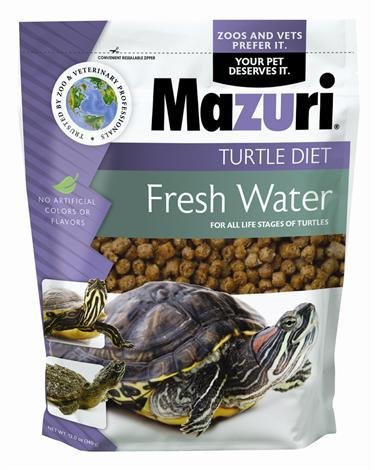 We like to feed a mix of shiners and high quality dry feed. Mazuri pellets are what we use along with shiners. Guppies and mollies are good too. Rosy Reds are often used but have been linked to carrying thiaminese which robs the turtle of B complex vitamins. As I learn more I will pass it on. Goldfish should be avoided for numerous reasons the thiaminese issue included.
We like to feed a mix of shiners and high quality dry feed. Mazuri pellets are what we use along with shiners. Guppies and mollies are good too. Rosy Reds are often used but have been linked to carrying thiaminese which robs the turtle of B complex vitamins. As I learn more I will pass it on. Goldfish should be avoided for numerous reasons the thiaminese issue included.
Water depth should be on the shallow side with 2 to 4 inches on the shallow end and 5 to 8 inches on the deep end. This can be accomplished by making the sand deeper on the shallow end and a thinner layer on the deep end. Arranging driftwood and aquatic plants adds a nice and beneficial touch to the tank. The lower profile breeder tanks are the best suited for these turtles. Oxygen will be needed through aeration or by water flow from the filter system. A variety of filter systems are applicable. I'm not wading into that. :)
Full spectrum lighting is beneficial for the tank's bio system as it aids in the proliferation of beneficial bacteria which break down turtle and fish waste and converts the ammonia to an inert state. So to be clear the turtle benefits from a better overall ecosystem. They rarely bask so the UV hardly ever is absorbed by the turtle but the tank will be a better environment with the UVB light. That being said many are raised up just fine without any UVB. This is a nocturnal species. They are wired up for night action and much fishing is done when the lights are out. Black light or infra red light will allow observation as they do not pick these spectrums up as "light."
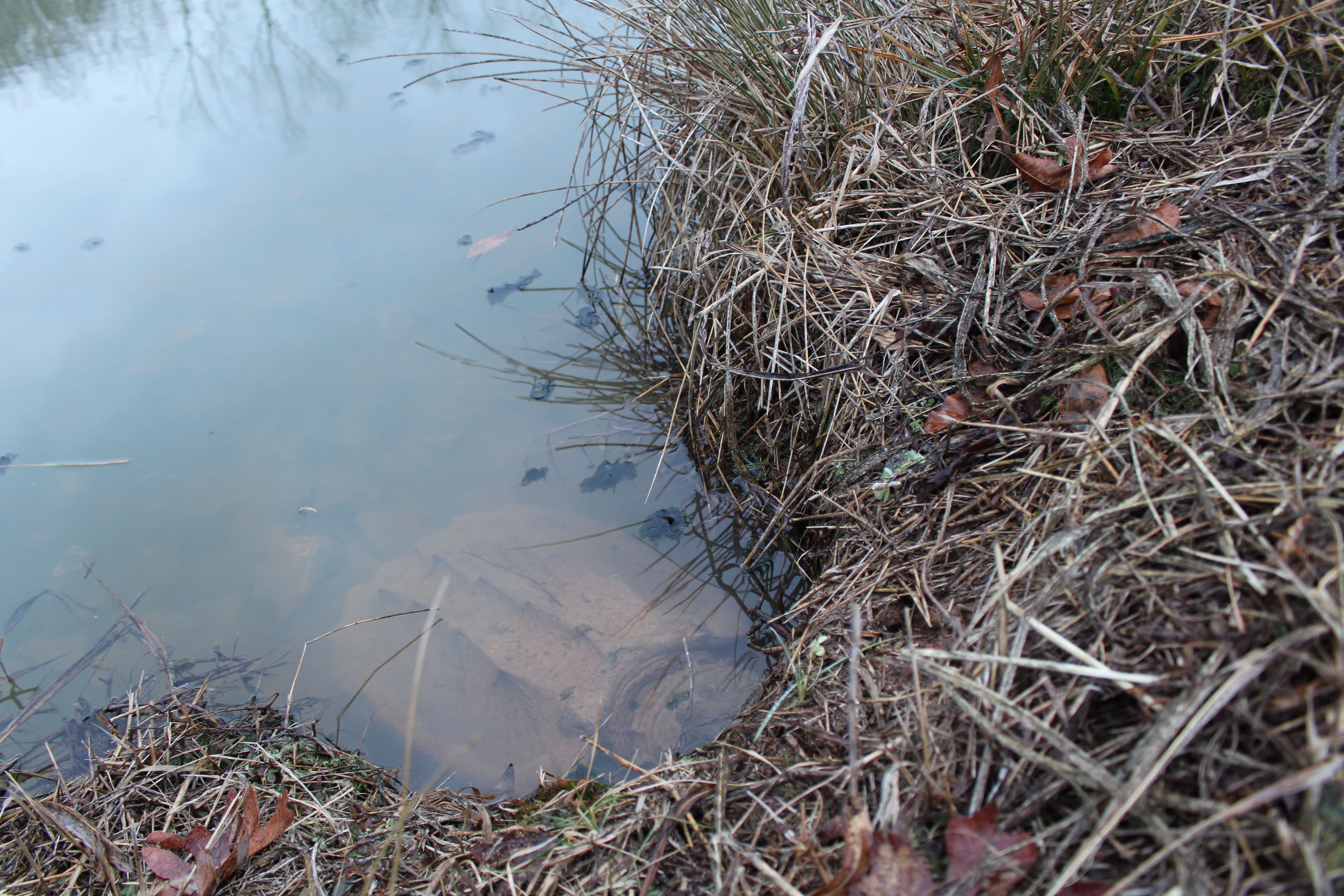 Water PH should stay on the acidic side. 6 to 7 is best,7 being neutral. This turtle evolved from tanic swamps, bayous, and sloughs which have heavy vegatative content continuously leaching tanic acid in the water driving PH way down. These captive born turtles can tolerate higher PH (more alkalinity) but the best sources are rainwater, softened water, distilled water, or water by reverse osmosis. High alkalinity causes skin to shed incompletely,shell rot, and even the tip of the tail to fall off from necrosis.
Water PH should stay on the acidic side. 6 to 7 is best,7 being neutral. This turtle evolved from tanic swamps, bayous, and sloughs which have heavy vegatative content continuously leaching tanic acid in the water driving PH way down. These captive born turtles can tolerate higher PH (more alkalinity) but the best sources are rainwater, softened water, distilled water, or water by reverse osmosis. High alkalinity causes skin to shed incompletely,shell rot, and even the tip of the tail to fall off from necrosis.
Other species of turtles of similar size can be housed with alligator snappers. The key is similar size. No 4 inch redears with baby alligator snappers and no 4 inch alligator snappers with baby redears. Alligator snappers do fine in groups together. Once again stick with similar sized individuals. You get the picture.
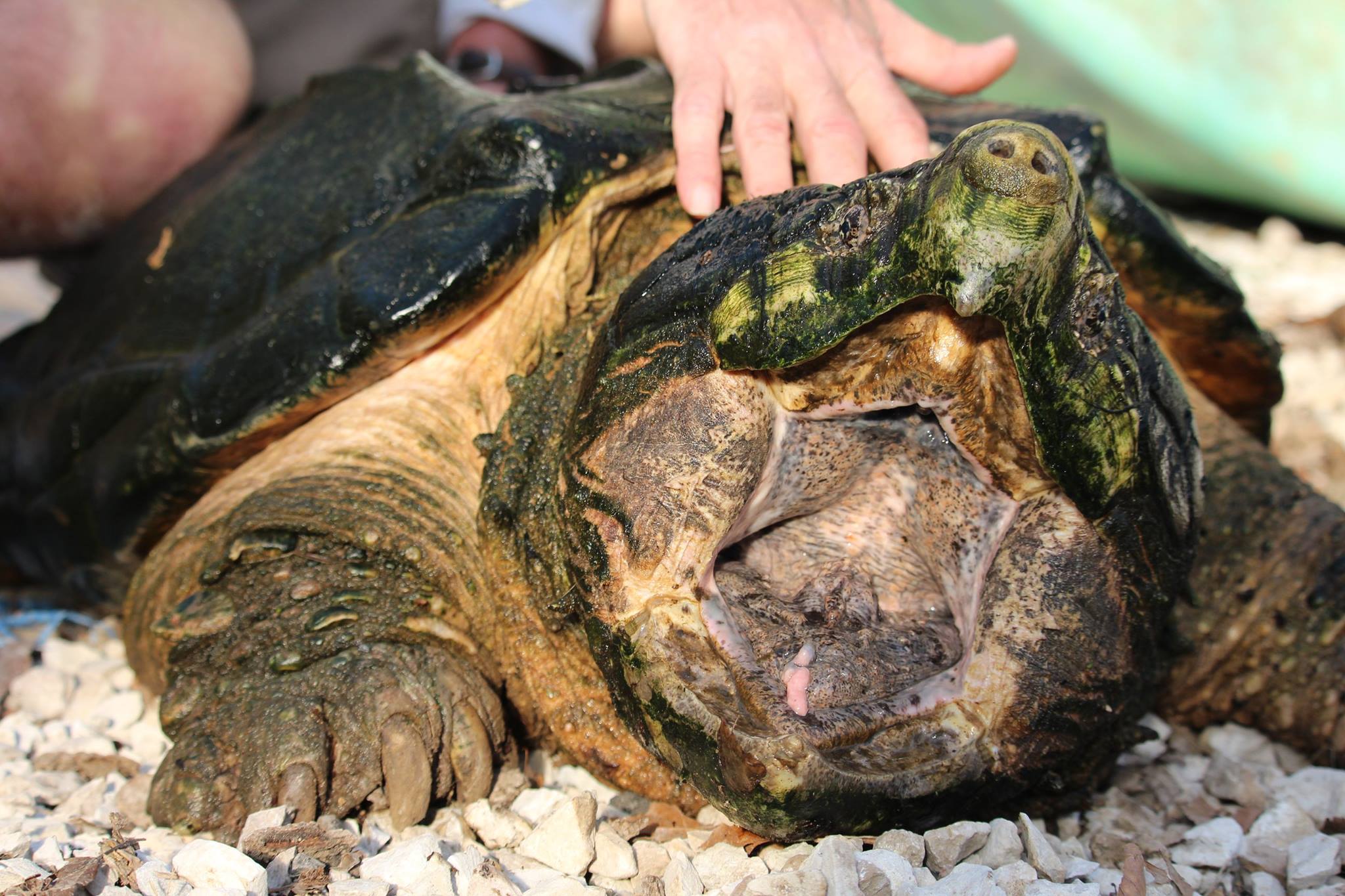 Please keep the receipt that comes with your turtle(s). Some states require it for proof of origin since the alligator snapper is protected in every state it occurs in. The receipt shows your turtle was not collected from the wild.
Please keep the receipt that comes with your turtle(s). Some states require it for proof of origin since the alligator snapper is protected in every state it occurs in. The receipt shows your turtle was not collected from the wild.
Always know that if your turtle grows beyond your capability to care for I have an exchange program in which I arrange shipment of your turtle back to me in exchange for a smaller turtle(s). I pay shipping both ways and provide detailed instructions on how to pack them and send back to my farm. Releasing these turtles in the wild is discouraged and may be illegal by state law. Sadly this is why many species are banned in certain states as they are afraid they will colonize and proliferate. And this is why some western states do not allow them at all.
If you have questions you don't see answered on this site feel free to message me through the Facebook page Loggerhead Acres Turtle Farm. I'm pretty quick to answer. If you have an emergency my phone # is listed on the site.
As much as 80% of this species have been harvested/trapped from the wild for the turtle meat trade.
Large alligator snappers can go over one year without feeding with minimal weight loss.
Alligator snappers are the largest freshwater turtle in North America. Verifable record is 247LBS. For a male. Females rarely exceed 60LBS.
Average clutch size: 28 to 32 eggs.
